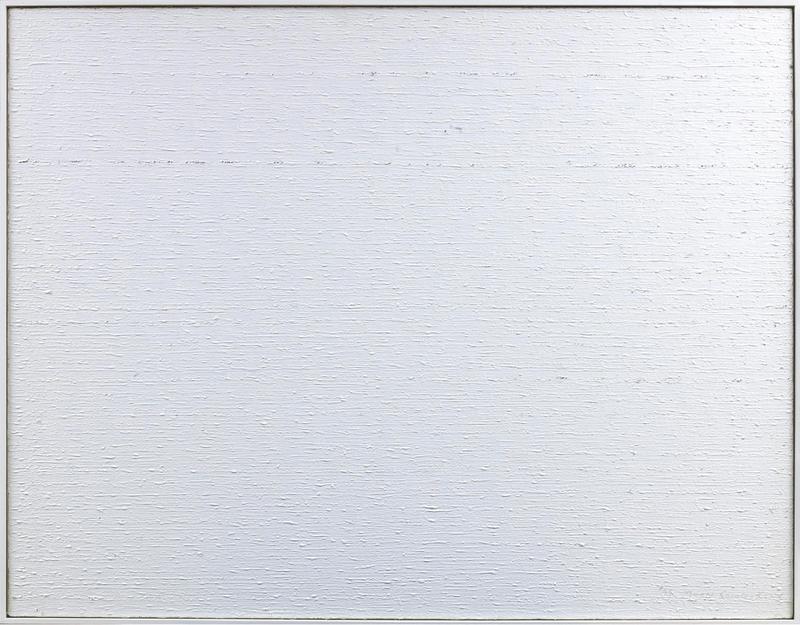Moon Seung Keun
1947 to 1981
Japan Korea

Biography
Moon Seung Keun was born in Ishikawa prefecture, Japan, in 1947. In the late 1960s he started his artistic career in Osaka using his Japanese name Noboru Fujino, his talent was soon recognised by Jiro Yoshihara (1905-1972), founder and leader of Gutai, the most well-known avant-garde artist groups of Japan. His work was exhibited at the 21st Gutai Exhibition in 1968 and he received an awarded at the 5th International Young Art Exhibition in 1969.
Despite his early success as an artist, he was uncomfortable with hiding his true identity as a Korean. After a discussion with fellow Korean artist Lee Ufan (b. 1936), the pioneer of Mono-ha, another influential Japanese avant-garde art movement, he decided to use his Korean name Seung-Keun Moon from 1971.
Although Moon was active in the dynamic post-war art scene and close to Gutai, Mono-ha and the Kansai New Wave, he also enjoyed solitude and independently held many solo shows while exhibiting at group exhibitions internationally. He continued producing a diverse range of art works, from oil, acrylic, watercolours, lithograph, sculptures to photographs and video works, until his early death at the age of 34. All the works produced during his short life in particular from the mid-1970s display the artist’s critical approach and acute sensibility.
Works by the artist can be found in the collections of: The National Museum of Modern Art, Tokyo; The National Museum of Modern Art, Kyoto; The National Museum of Art, Osaka; Chiba City Museum of Art; Fuchu Art Museum, Tokyo; Tochigi Prefectural Museum of Fine Arts; The Tokushima Modern Art Museum; National Museum of Contemporary Art, Korea, and Gwangju Museum of Art, Korea.





